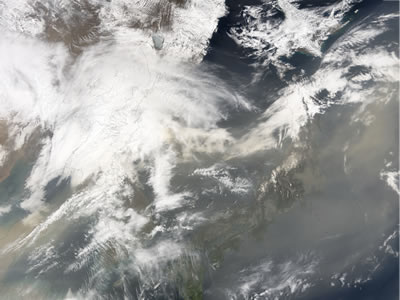This satellite image shows both dust and clouds in the atmosphere above Japan on April 18, 2006. The dust traveled to Japan from the Gobi Desert. Dust is one of the aerosols that can act as cloud condensation nuclei in cloud formation.
Click on image for full size
Image Courtesy of NASA's Earth Observatory
Aerosols and Cloud Formation
When clouds form they contain millions of water droplets in each cubic meter of air. Each of the cloud droplets forms on a particle; scientists call a collection of particles an aerosol. These particles are small, about 100 times smaller in diameter than the thickness of human hair. In cloud formation, one particle produces one water droplet, so there are as many particles as there are water droplets.
The aerosol particles come from natural processes as well as human activities. They are composed of soil, dust, sea salt, and condensed gases. During cloud formation, water vapor (which is also contained in air) condenses on the aerosol particles. Since there is one particle for every cloud droplet, the number of particles affect the number of water droplets contained within a cloud. If there is a high number of aerosol particles in the atmosphere, then a high number of cloud droplets can form.
If there are more aerosols in a given area, the cloud droplets that are produced will be smaller. This is because the liquid water that was available is divided among more cloud droplets. In this case, precipitation from the clouds is less likely to happen.
Clouds can influence the Earth's climate. Different types of clouds and the amount of clouds in the atmosphere may have different impacts on climate. Scientists are still exploring these topics.
You might also be interested in:
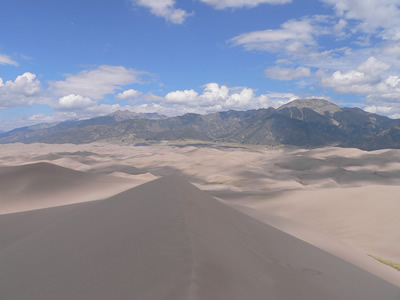
A cloud is composed of tiny water droplets or ice crystals that are suspended in the air. A series of processes have to happen in order for these water droplets or ice crystals to form into clouds in the
...more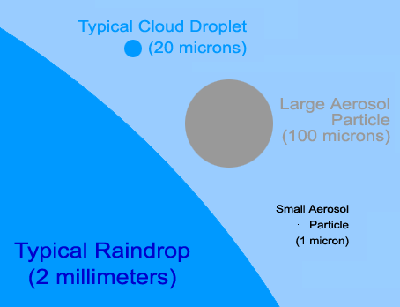
Aerosols, also called particulates, are tiny bits of solid or liquid suspended in the air. Some aerosols are so small that they are made only of a few molecules – so small that they are invisible because
...more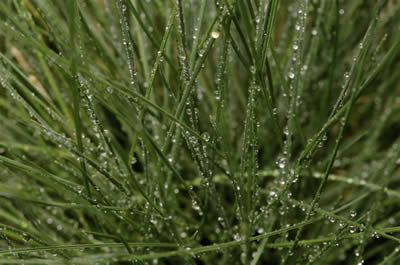
Condensation is the process by which water changes its state from a vapor or gas to a liquid. Condensation is responsible for the formation of clouds. Common examples of condensation are: dew forming on
...more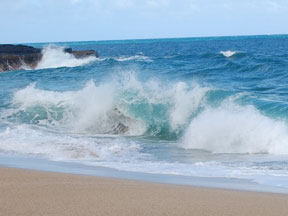
If you've ever been to the ocean, you know that ocean water contains salt. But did you know that air also has salt in it? Many types of tiny particles waft around in our atmosphere. Scientists call these
...more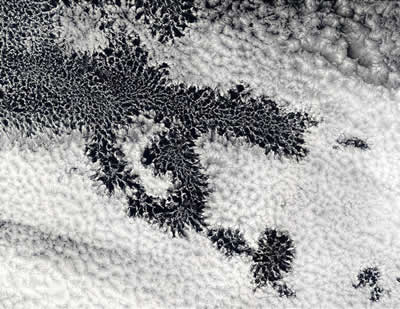
The Southeast Pacific region typically has extensive stratocumulus cloud cover over the ocean. These offshore clouds can contain clear areas in the clouds that scientists call "pockets of open cells,"
...more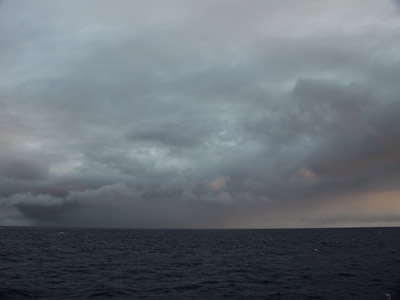
The cold sea surface temperatures and warm, dry air of the Southeast Pacific region create the perfect conditions for the formation of the low stratocumulus clouds that are found in this region. These
...more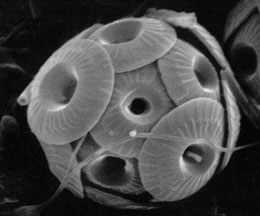
Aerosols are tiny particles or droplets that float around in the atmosphere. Aerosols play an important role in Earth's climate. Some aerosol particles help clouds form by serving as condensation nuclei.
...more


